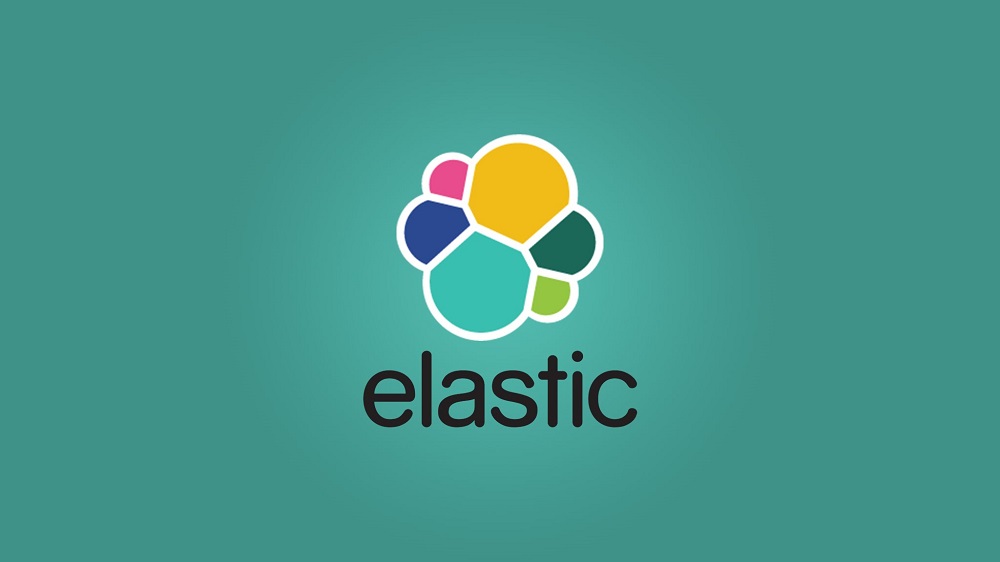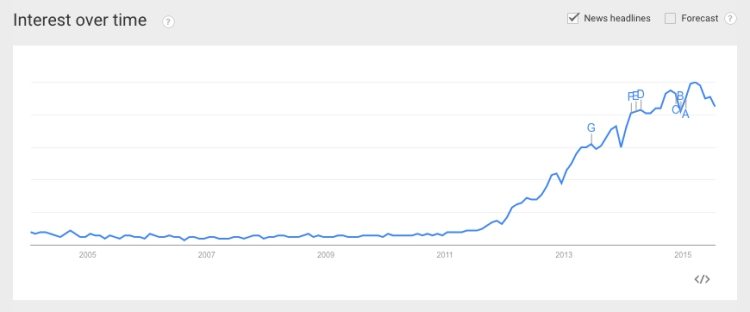How the Elastic Search can be used in applications
Although not a new term, it’s easy to say that the concept of Big Data is today one of the most sought by several companies of various market segments. And no wonder: with an increasing number of people exchanging information by means of smartphones and tablets, and increasingly interconnected service tools, storing, filtering and interpreting all this data can be a great advantage for any brand willing to stand out from the crowd.

It is possible to view the increased interest in the term Big Data from a search at Google Trends, which shows how often a particular search-term is entered by keywords over time:

To help understand all this data there is Elastic Search (ES), a search server released as open source that is able to manage a huge amount of information like no other. Do you want to know more about it? Continue to follow!
What is Elasticsearch?
Created by Israeli Shay Banon and developed in Java, Elasticsearch is a robust system designed to search information in real time in the cloud which, moreover, can still bring the results of such search in a scalable form, so that the data can be separated by parts or periods. Elasticsearch is a tool for open source search that has the capacity to handle large amounts of data in real time. It is used by companies such as Google, GitHub, Twitter, SoundCloud, Yelp and Foursquare, for example. But where would this be useful? There are several practical applications for Elasticsearch, but the main ones may be:
E-commerce
Suppose you or your clients have a virtual store with several items. If all products were registered in an Elasticsearch system, your e-commerce could present some suggestions of related products and even autocomplete any search made by the clientele more correctly.
Price comparison apps
By the data search done by Elasticsearch, an application can also inform the users when a product reaches the price expected by them. And what is best: by means of Big Data, this search for the ideal value can be done in several different stores, thus bringing the best result for the client.
BI companies and professionals
If your case is for Business Intelligence, ES can also be very handy (or in bytes). Combined with the data visualization system Kibana, Elasticsearch can present several different search data. It should be said that it searches even billions of data.
Market trends
By collecting an endless number of data from different places you can also, by Elasticsearch, predict some market movements and trends, anticipating what can be sought or purchased in the near future, according to the customs of a certain type of individuals. It is something that is already done by various companies by means of Big Data, but can be more simply analyzed by ES.

Elasticsearch features and benefits
Among the full-text search engine main advantages are the availability of data in real time (near real time), the high availability to handle large volumes of data and data storage as documents. Besides, it also has many other features like geolocation and analytics. That is, it is a powerful and flexible tool that offers a robust set of APIs and DSLs of queries.
Since it brings a more refined level of presentation and storage of information on a large scale, Elasticsearch, besides having had an initial investment of more than US$ 30 million to enhance its development, is now one of the most robust systems when it comes to Big Data. It is suitable even for those who want to start working with this type of feature, but have no initial exorbitant investment values available.








